Top 20 Species of 2019
…………………………………………………….
Top 20 Species of 2019
Unlike last year, which was my first ever full year of research, this was the year where I had to work during the summer, so I did not have quite as much time for research, and obviously most of the best or most interesting species in my area I already did observe in 2018. However, I did get to go on many hikes in the mountains, so the end result is still a solid year where in particular the insects dominated, especially the moths as I saw so many colorful ones during the summer. So again, I chose to include twenty species as I had so many beautiful ones to choose from.
20. Common Primrose – Primula vulgaris
Primrose is such a beautiful flower that I saw everywhere throughout March, but especially on the mountain slopes and rocks. It’s not only incredible visually speaking, but it’s also important as a wonderful signifier of the arrival of spring having in mind that it’s one of the earliest plants to emerge after snow.
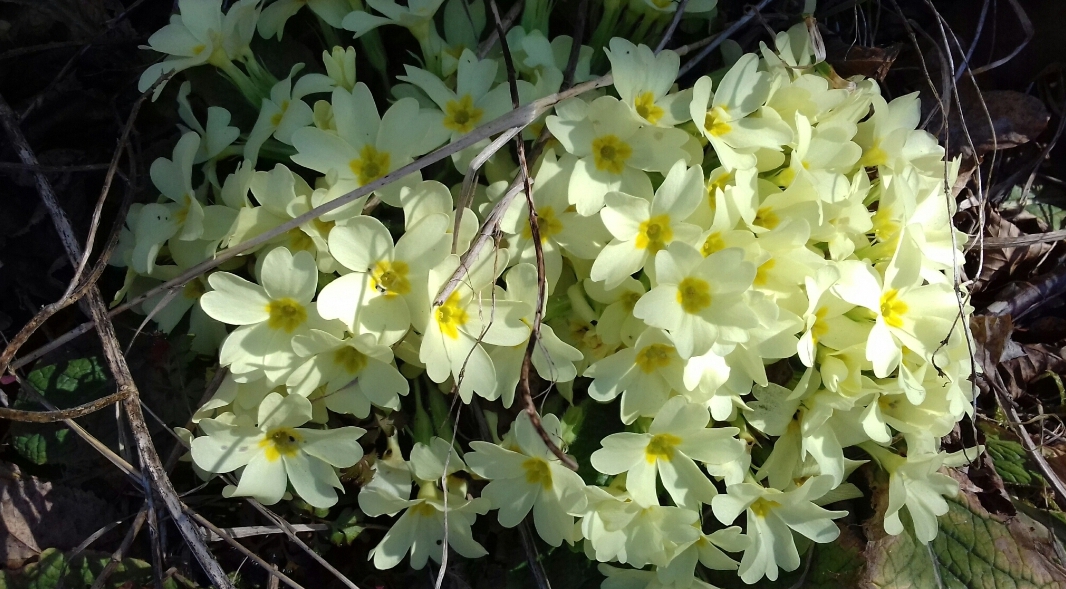
19. Field Horsetail – Equisetum arvense
Yes, the bottom of this list is populated by common species, but they are important for me as I have not seen any of them before. This one is such an intriguing plant which is interesting for being a cousin to ferns, but it’s downright fascinating in how it looks, especially in its stem. It needs water to prosper so I saw it only in the close vicinity of a river.
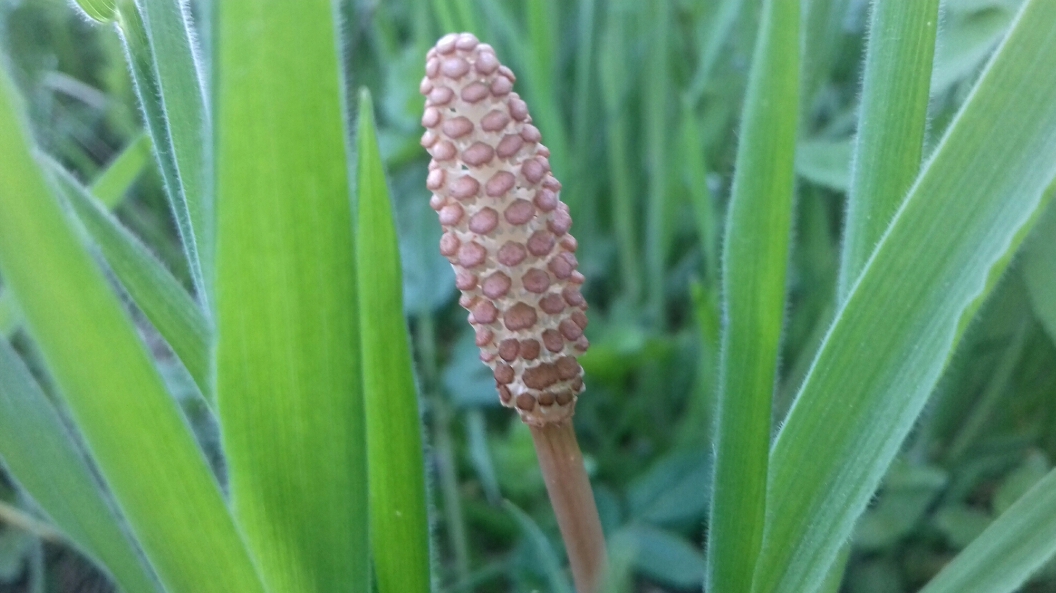
18. Early Blister Beetle – Apalus bimaculatus
This beetle’s interest to me is twofold. On the one side, it physically looks very interesting. The two dots near the bottom part of the body, the distinctly brown color of the abdomen and the huge antennas all make for a very pretty beetle. On the other side, it’s very big in size, so it was instantly very appealing to me, especially how rare it turned out to be, at least in my area.
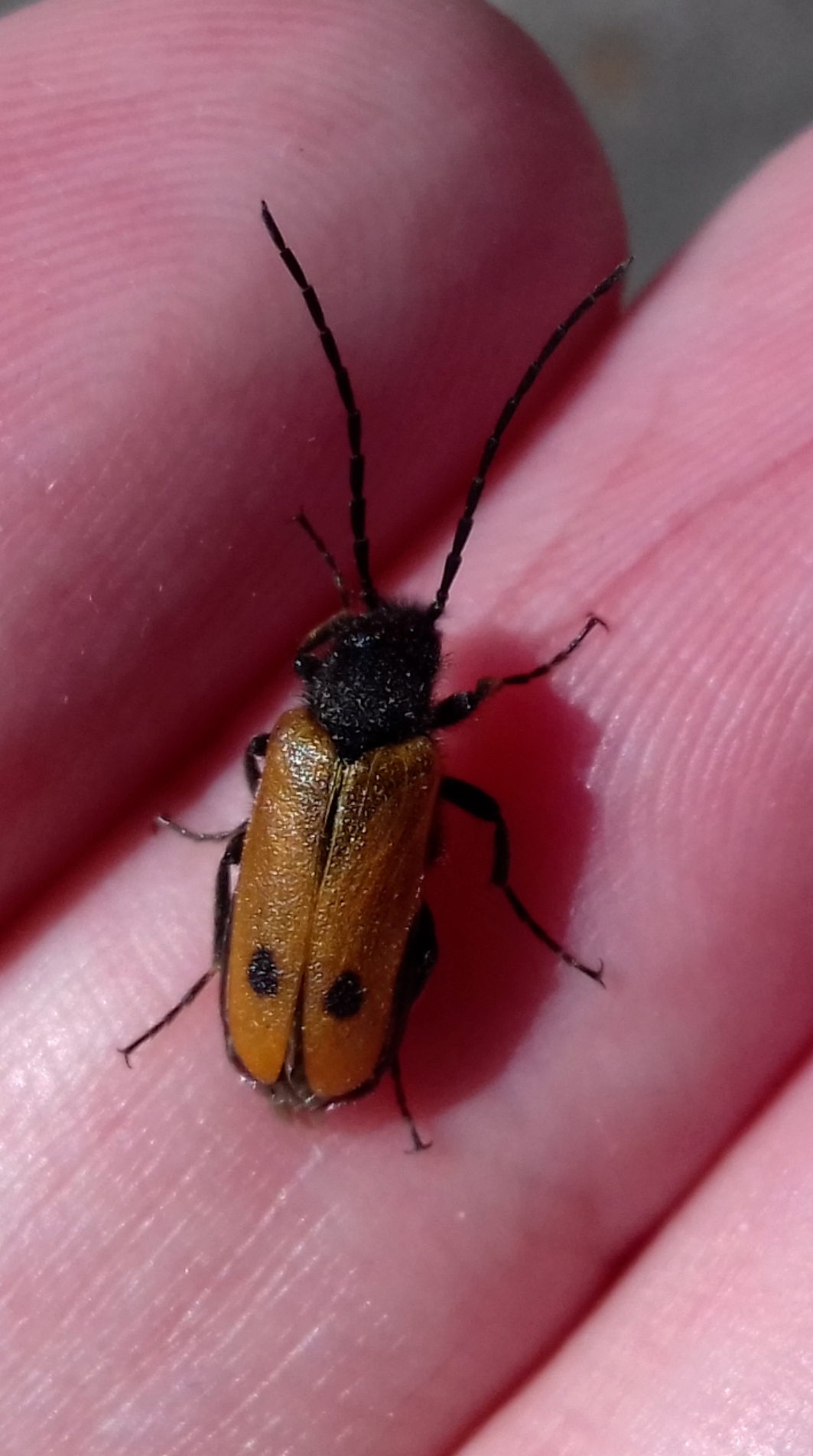
17. Black-Tailed Skinner – Orthethrum cancellatum
I saw this instantly memorable dragonfly all over Perucac lake when I swam there one day in early August. Unlike the dragonflies I had seen previously, this one is much fatter in abdomen, which made it very easy to spot. I also really appreciated its strong blue color as well as its hyperactive, fast flying.
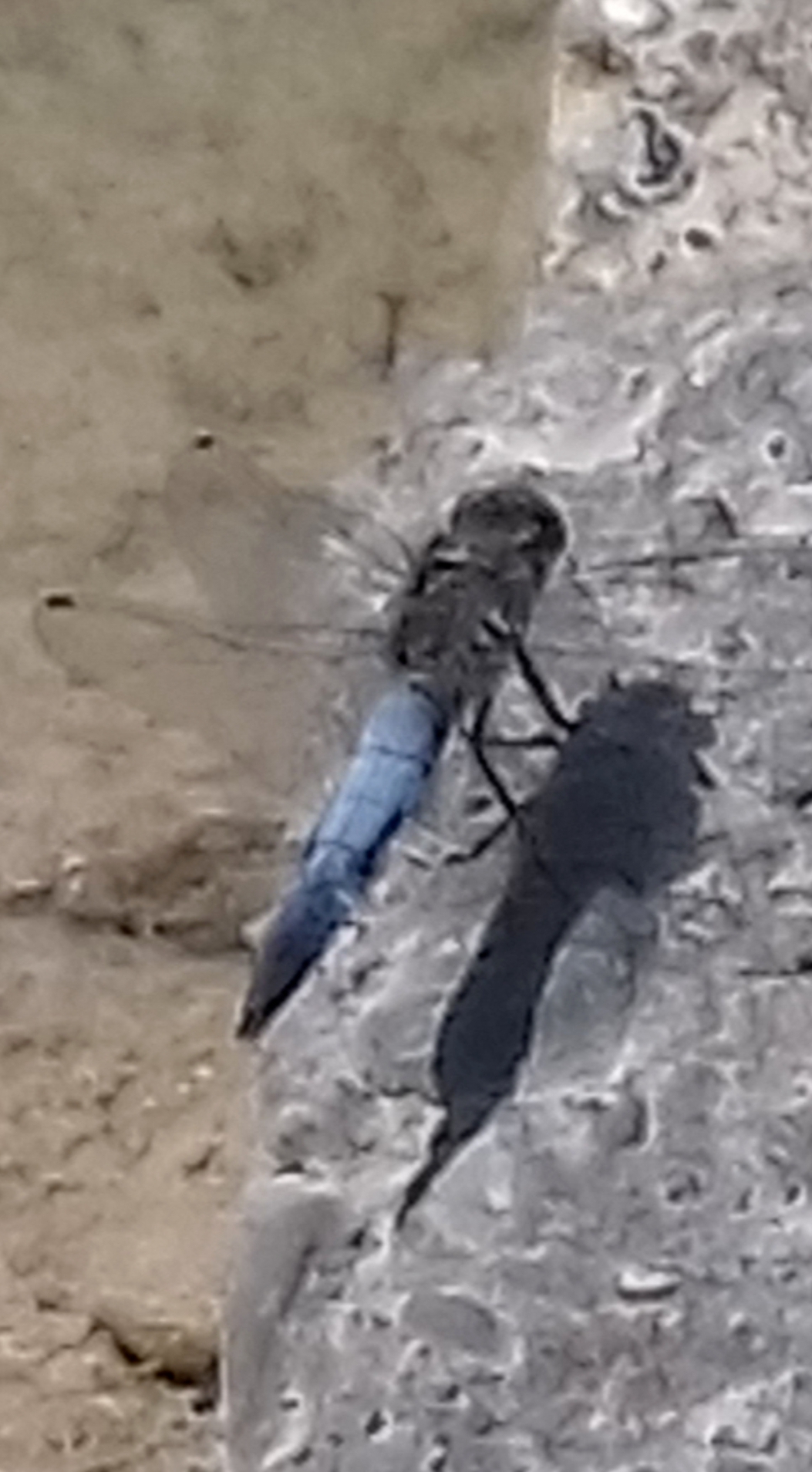
16. Black Arches – Lymantria monacha
Among the many fascinating moths that I observed during the many nights on the mountain where I worked throughout the whole summer, this has to be one of the most beautiful. Its black-and-white coloring is stunning, its vibrating antennae are very intriguing and it’s simply an undeniable beauty that cannot be missed.
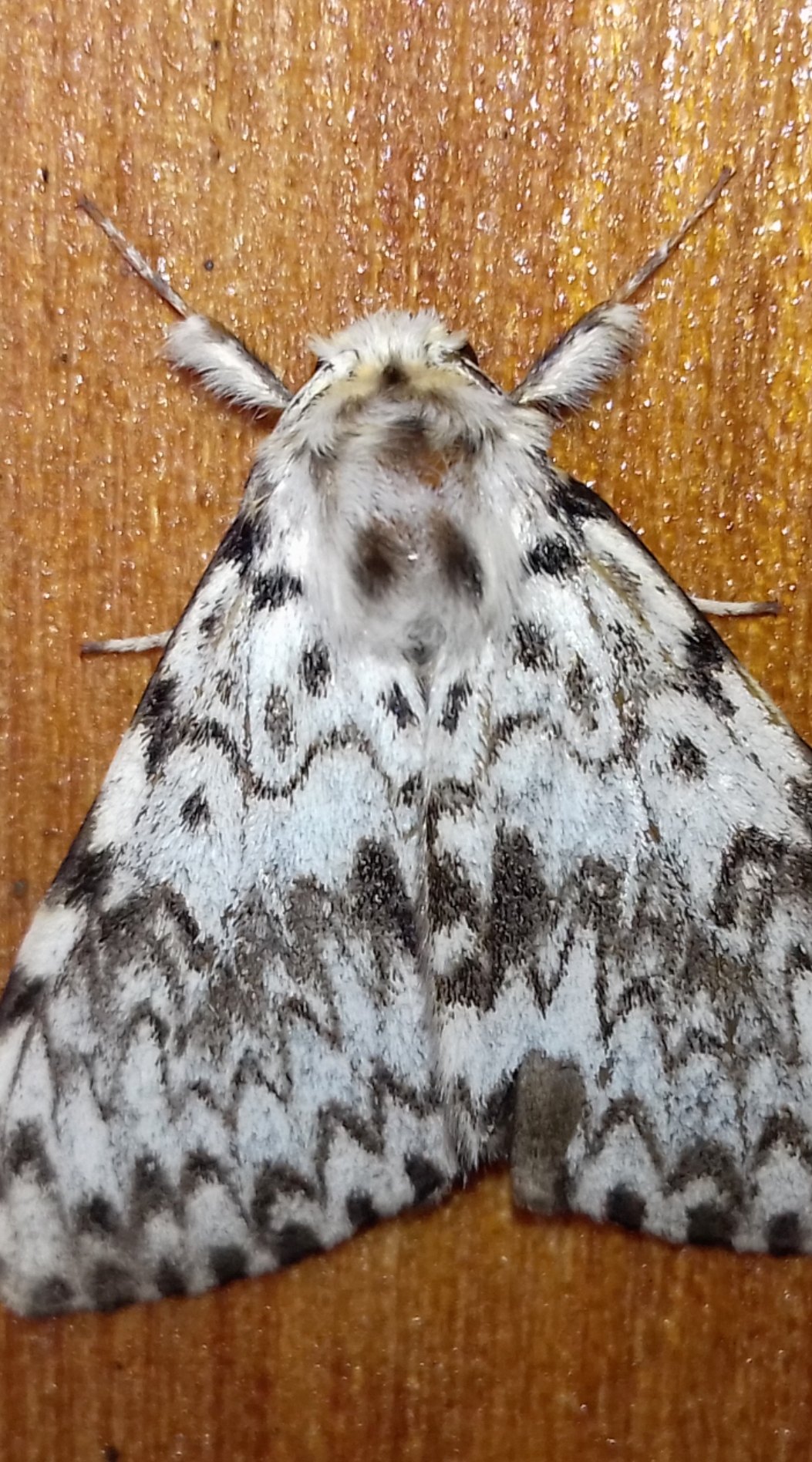
15. Red-Backed Shrike – Lanius collurio
Also on Tara mountain I had the pleasure of constantly seeing this cute visitor. This shrike was everywhere from the trees to the fields to the fences, and it’s such an adorable little bird. It’s small, but very memorable due to its cartoony good looks, fine colors and a particularly irresistible bluish head.
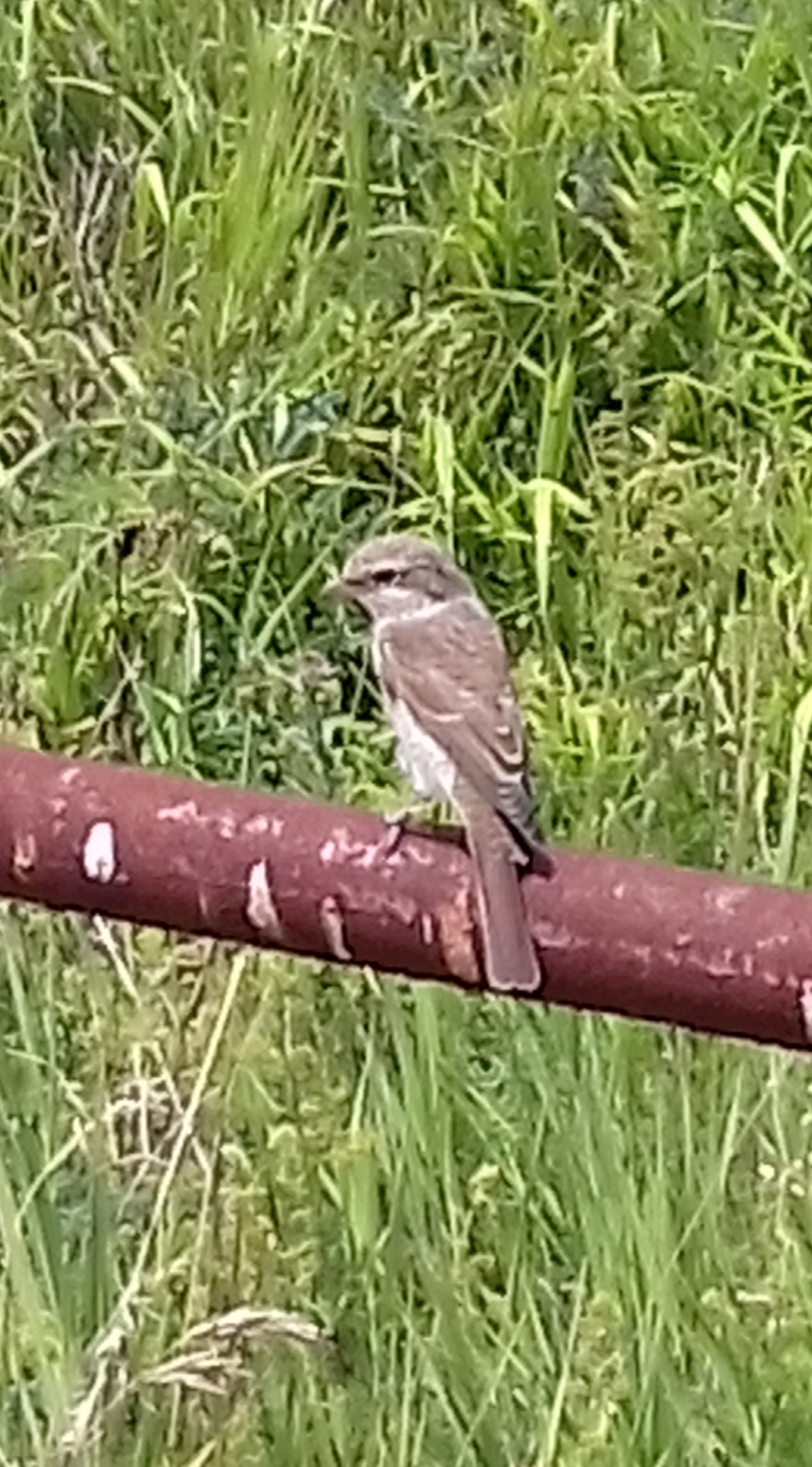
14. Cicindela campestris
I actually saw this beetle in the middle of my very own yard in the middle of my hometown. That was very weird as I had never seen it prior to that moment, and it looked very special and wild, so I obviously had to include it on this list. Its metallic green color made it look strikingly cool as did the big antenna, the spots on the abdomen and its overall big size.
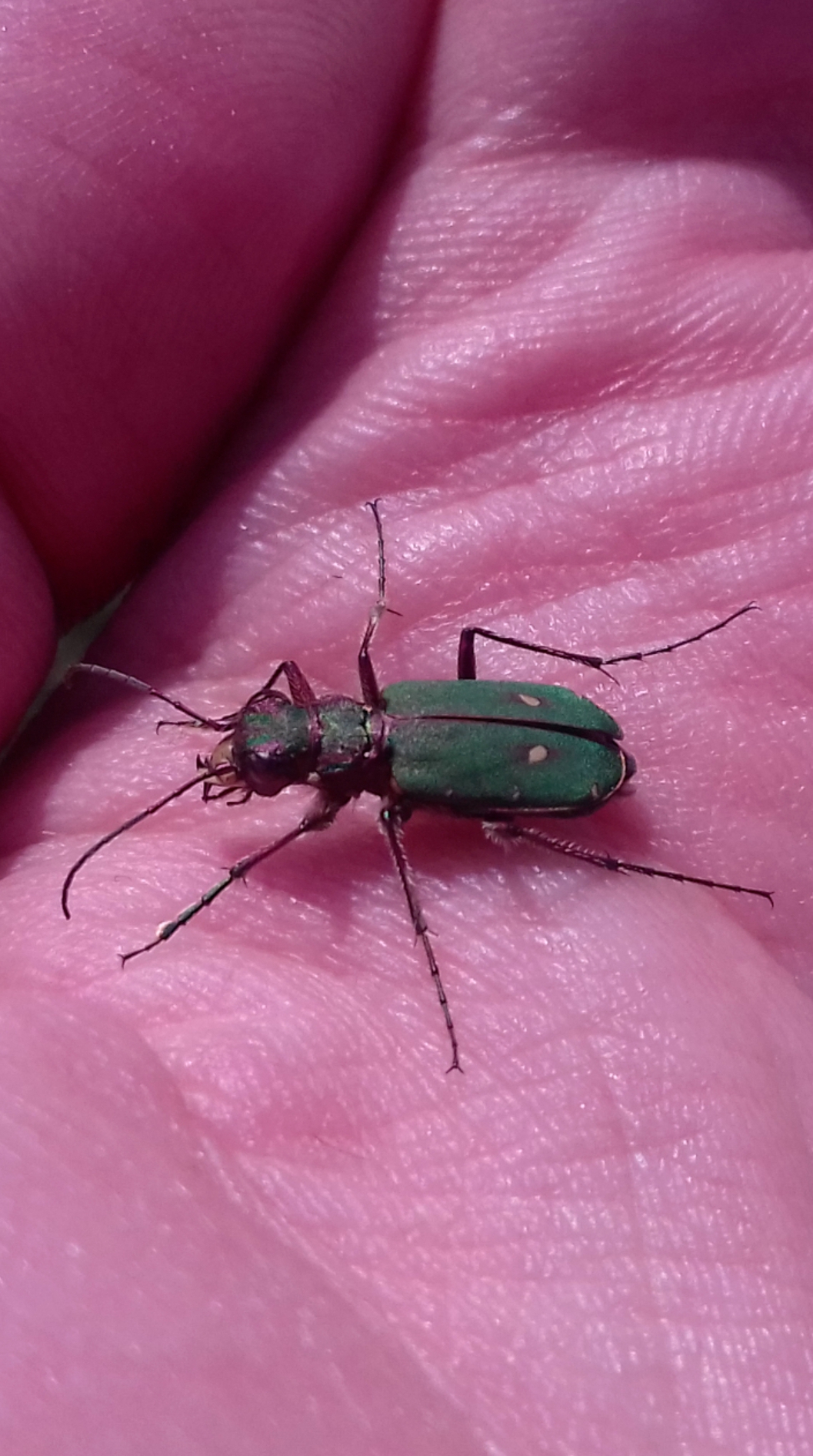
13. Green Leafhopper
This is a common leafhopper species belonging to the order Hemiptera. And I did see literally hundreds of them on the mountain on the sunny pastures. But I had to include it despite its common status as I had failed to see it in the previous year somehow. It’s such a cute insect that never failed to dazzle and confuse me with its color that was either blue or green depending on the sex. The sexual dimorphism is very strong in this one.
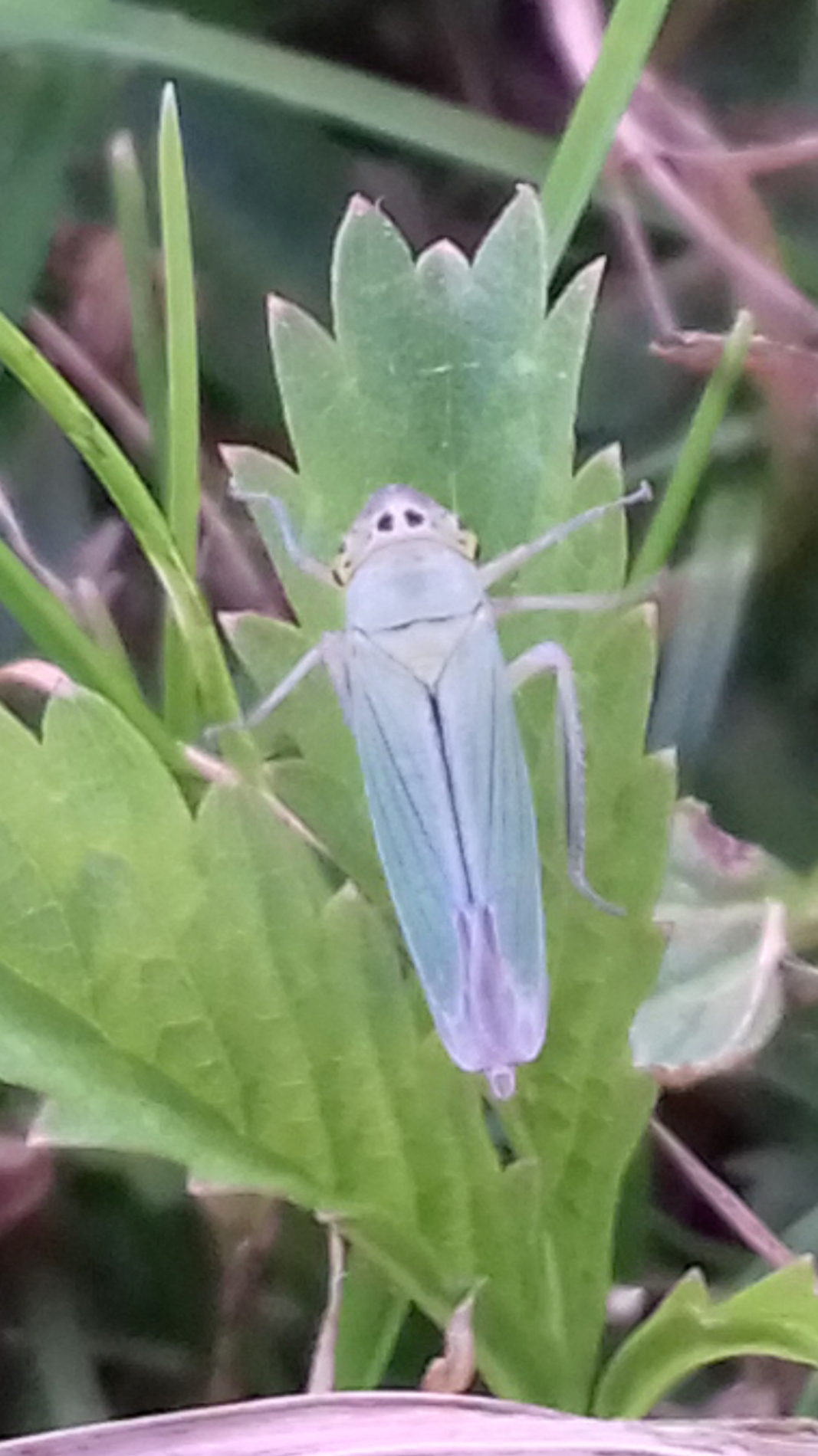
12. Spring Heath – Erica carnea
This absolutely gorgeous flower could only be seen on the slopes and sunny rocky terrains during the very early spring period, somewhere around March. And it is such a pretty plant that signaled the arrival of spring to me beautifully with an unforgettable bell-like structure of the flower itself and memorable pink clusters.
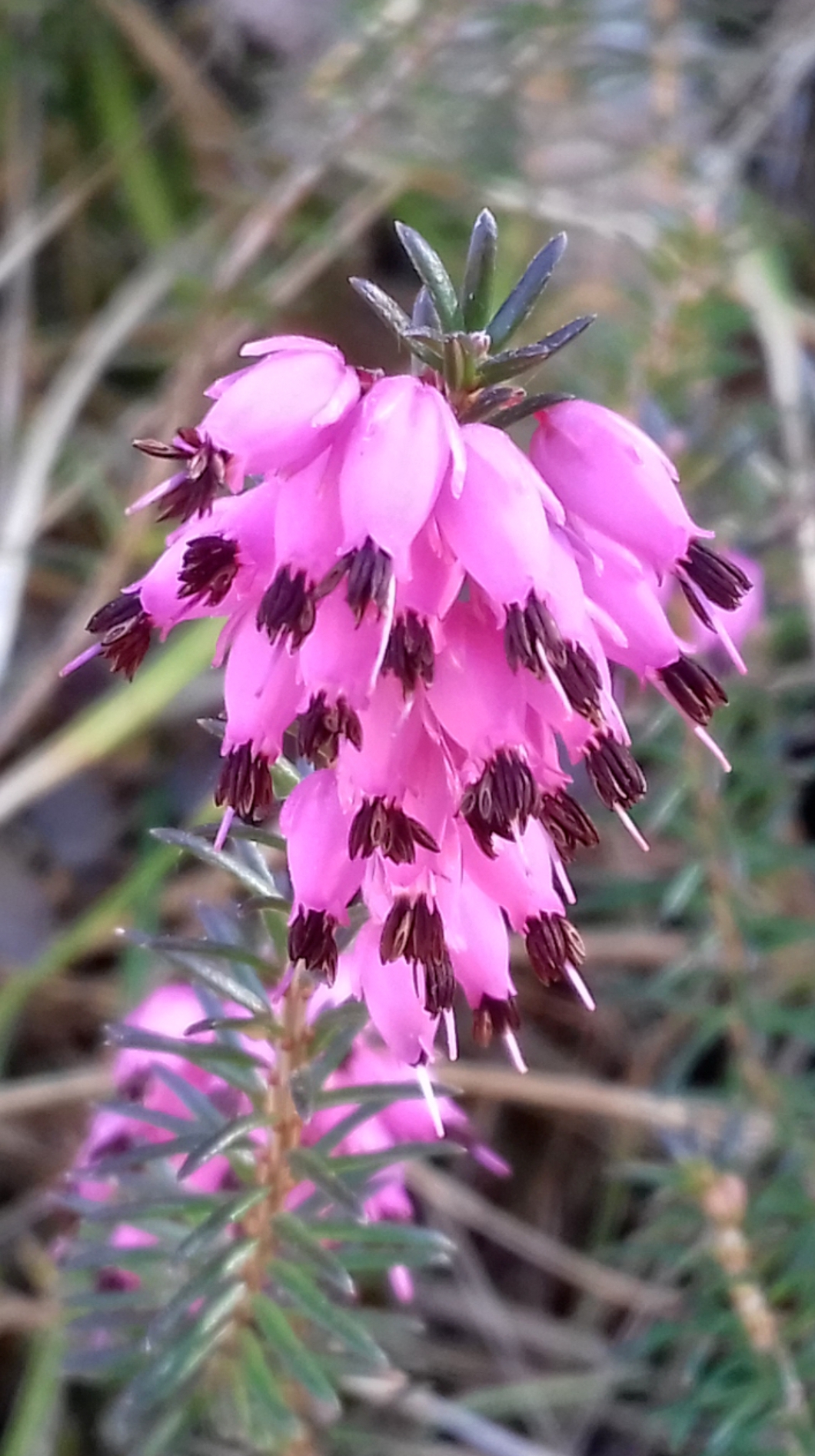
11. Dice Snake – Natrix tessellata
In Perucac lake, just where I saw that dragonfly which occupied a previous spot in this list, I also observed this snake. It is nonvenomous, but still it was uncomfortable seeing it swim just centimeters close to us, the swimmers. It’s very agile underwater, and apparently it can grow big, but I myself saw a couple of very small ones, probably younglings.
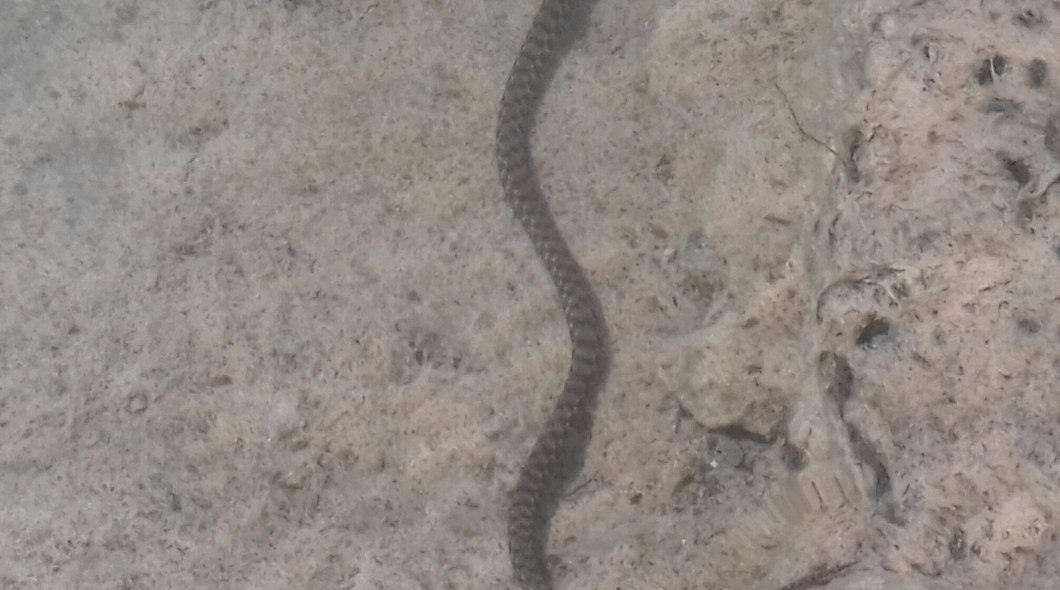
10. Poplar Hawk-Moth – Laothoe populi
The ninth place goes to what is probably the most unique moth that I have seen so far. By unique, I mean its shape, which is so authentically different from all others. The wings actually are uneven as if folding, and the result is a very paper-like, highly fascinating look. It’s also a pretty big moth comparable to the biggest finger on your hand.
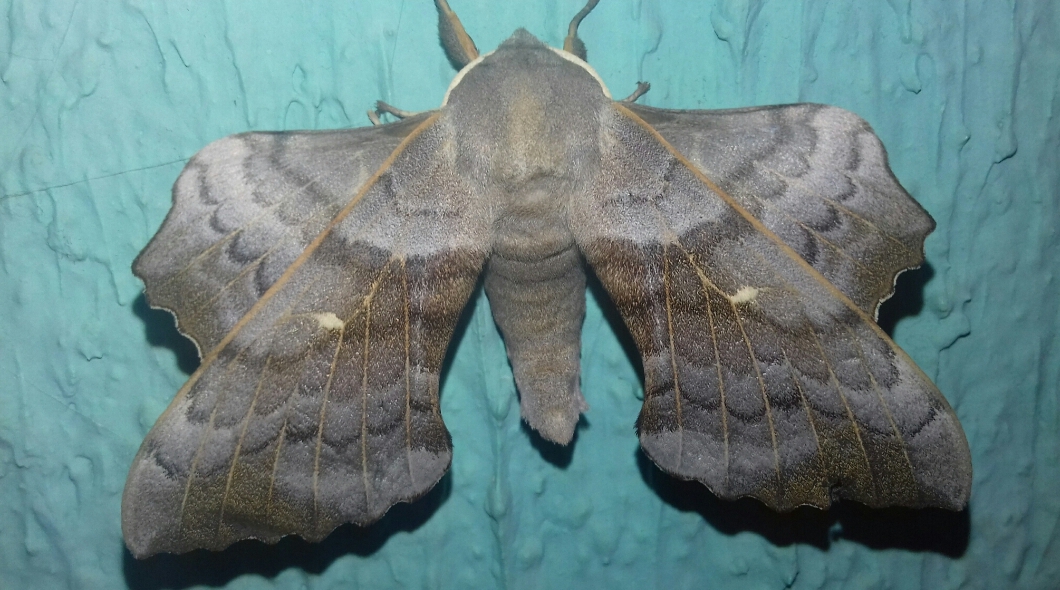
9. Dryad’s Saddle – Cerioporus squamosus
This mushroom has a variety of possible forms, and that itself makes it quite interesting. But the one I found was particularly fascinating for basically being reminiscent to a closed, capped vase of sorts. It instantly caught my eye, and I was also amazed how huge it was, occupying almost the half of the big tree log in its entire cluster.
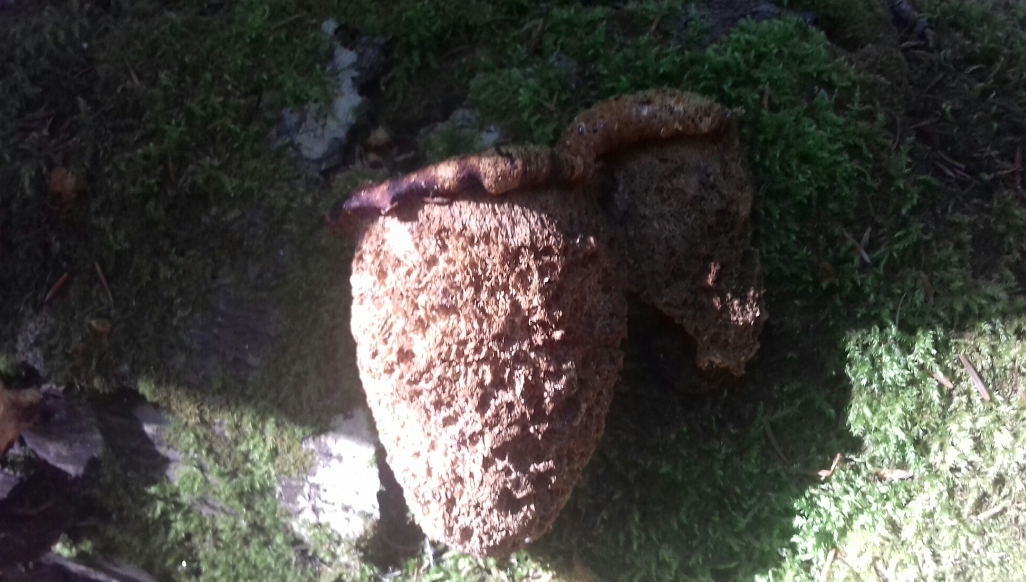
8. Greater Bee Fly – Bombylius major
This fly is interesting in myriad of ways. Firstly, its look is so authentic. I pulled over my bike just to take a photo of it, and apparently it’s a fly, and not a bumblebee. And that leads to its most famous aspect – its lifestyle. Apparently, this fly parasitizes the wasp nets and eats their larvae. It’s horrible, but a rare true parasitic species in my collection so far.
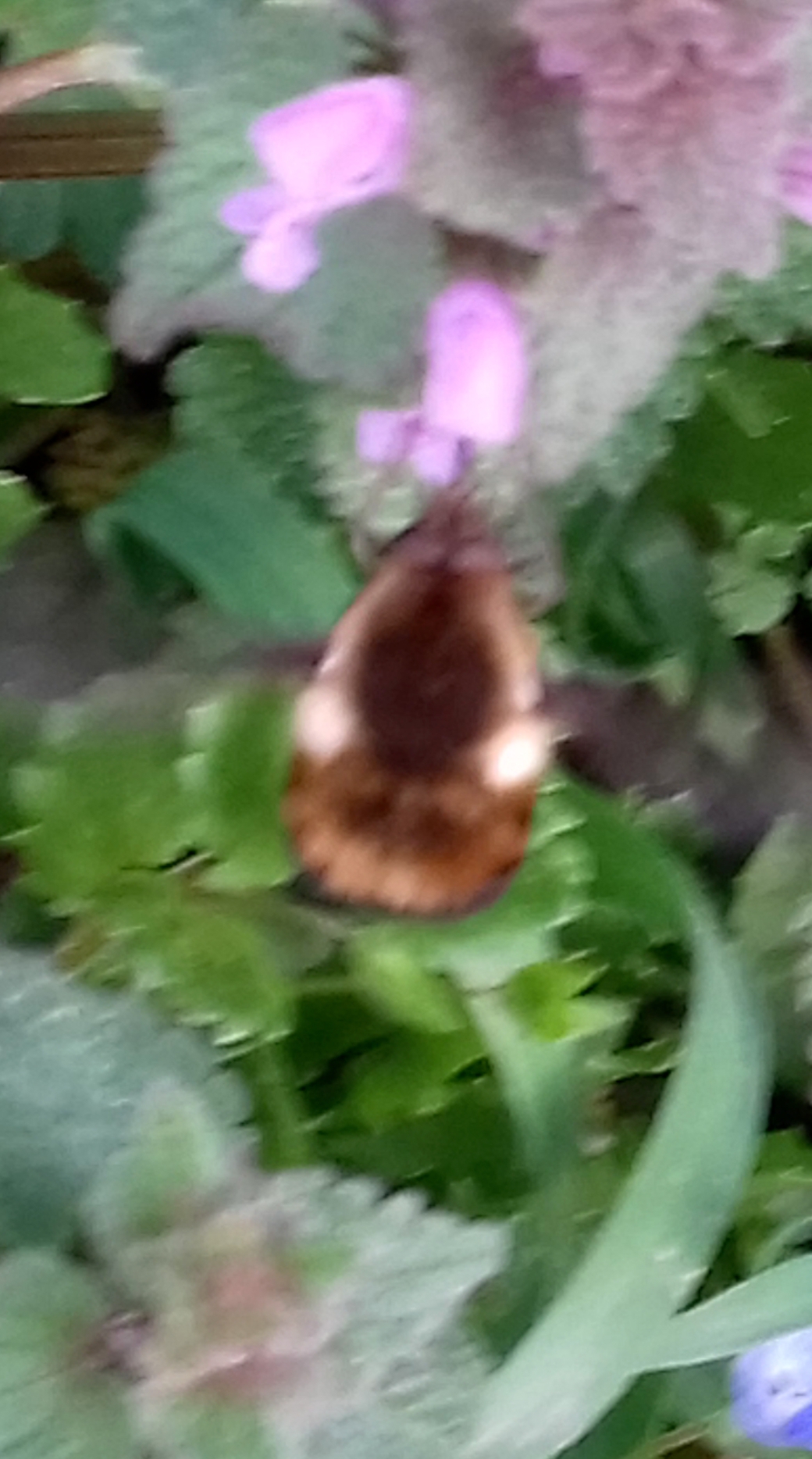
7. European Glow-Worm – Lampyris noctiluca
Again, this is one of those common species on my list that had to be included as finally, after years of seeing it from afar, I had an opportunity to take a close look. It is a very long insect with a memorable head part. I even managed to see it glow from a very close distance, and it was an absolutely transcendent experience.
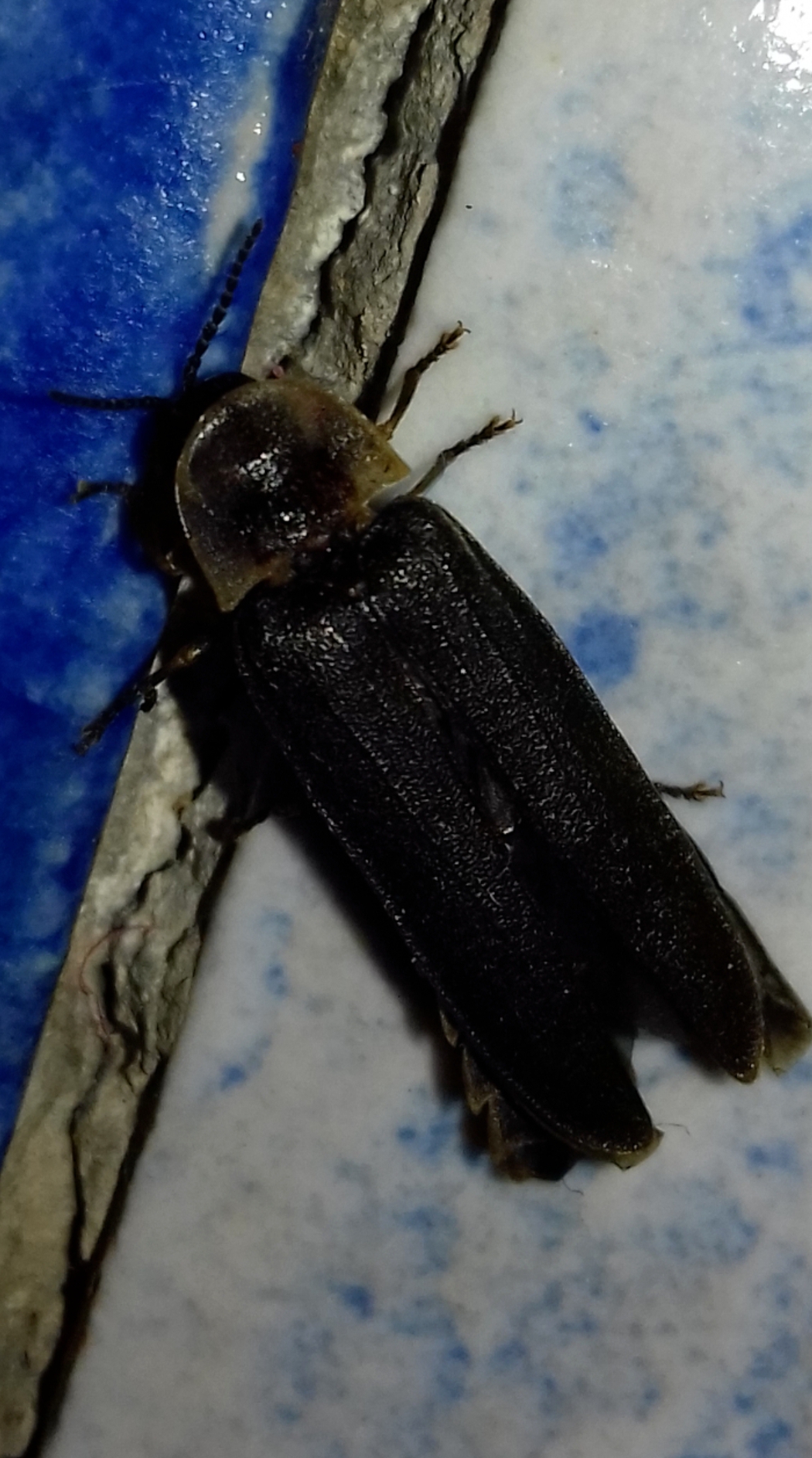
6. Jelly-Antler – Calocera viscosa
This is another mushroom on my list that simply cannot be missed. It’s not big in size, but it does form a solid cluster, and it’s easily spotted due to its very yellow color. Its finest feature is the very pointy upper parts. Those are so cool that they earn its antler name as they’re so reminiscent to that part of a deer.
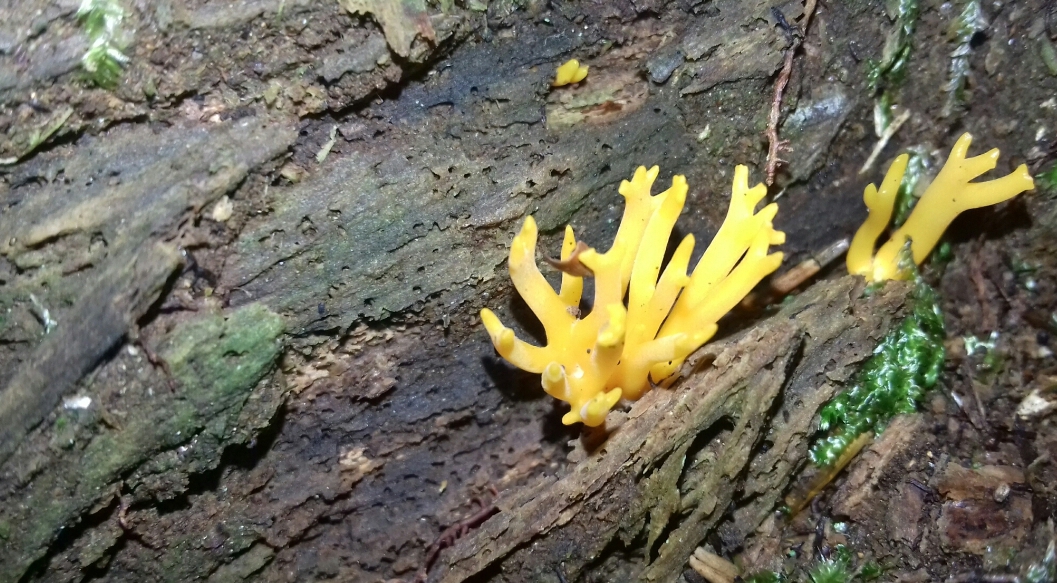
5. Trombidium holosericeum
One summer afternoon this year I extensively searched for very small insects, and I ended up seeing this diminutive arthropod. Yes, the mites belonging in the arachnid class are usually not easy to be seen owing to their microscopic size, but this one is as big as for millimeters so I clearly saw it as a red spot, and I even managed to get a solid photo of it lying on my hand. I am probably the most proud of this one.
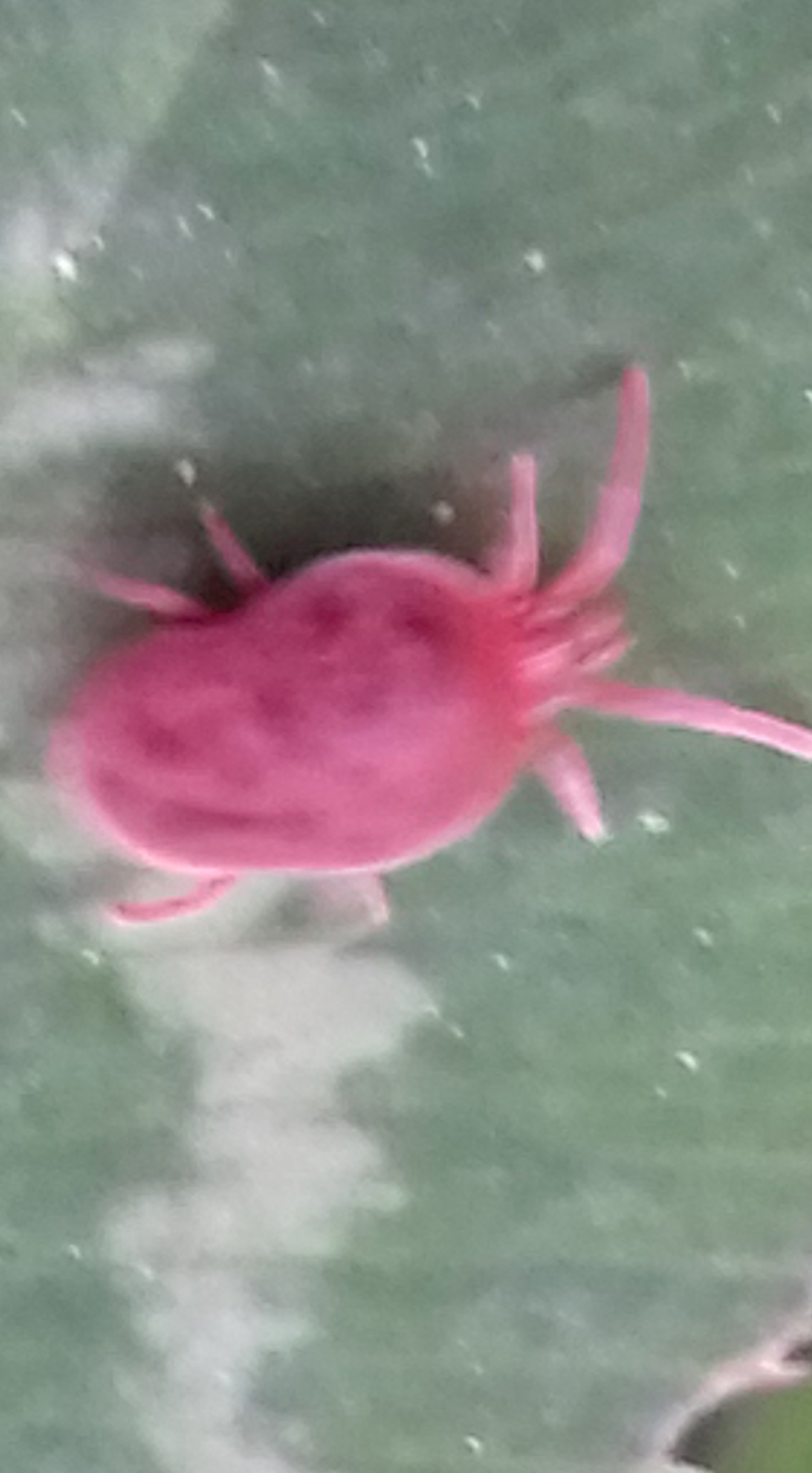
4. Dog Vomit Slime Mold – Fuligo septica
I saw a couple of these throughout the year, but the one that intrigued me the most stood on one stump in the middle of the forest. I took an amazing photograph of it, and it seemed like a genuinely otherworldly yellow blob that actually belongs to the Protista kingdom and not the Fungi one. It’s my rare Protist finding, and one truly fascinating, bright slime mold.
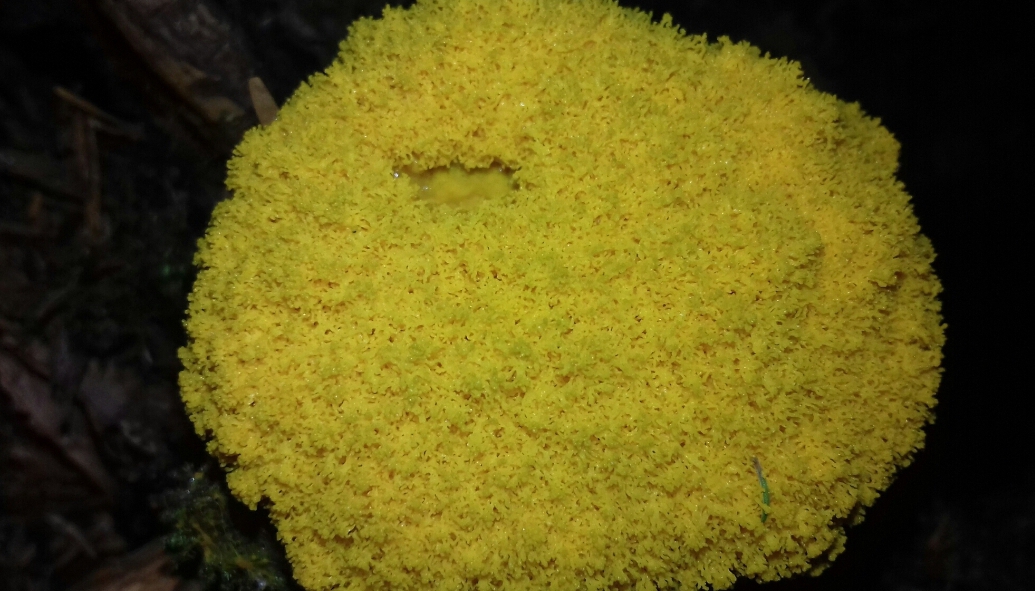
3. Common Toothwort – Lathraea squamaria
Yes, a plant got such a high placement on my list, but deservedly so as it’s not your regular green plant. This toothwort is a parasitic species that parasitizes on the roots of trees such as alder or hazel. It’s not only interesting in its lifestyle, but also beautiful in its looks with the bright pink color and a memorable arrangement of its cluster. Again, very difficult to miss.
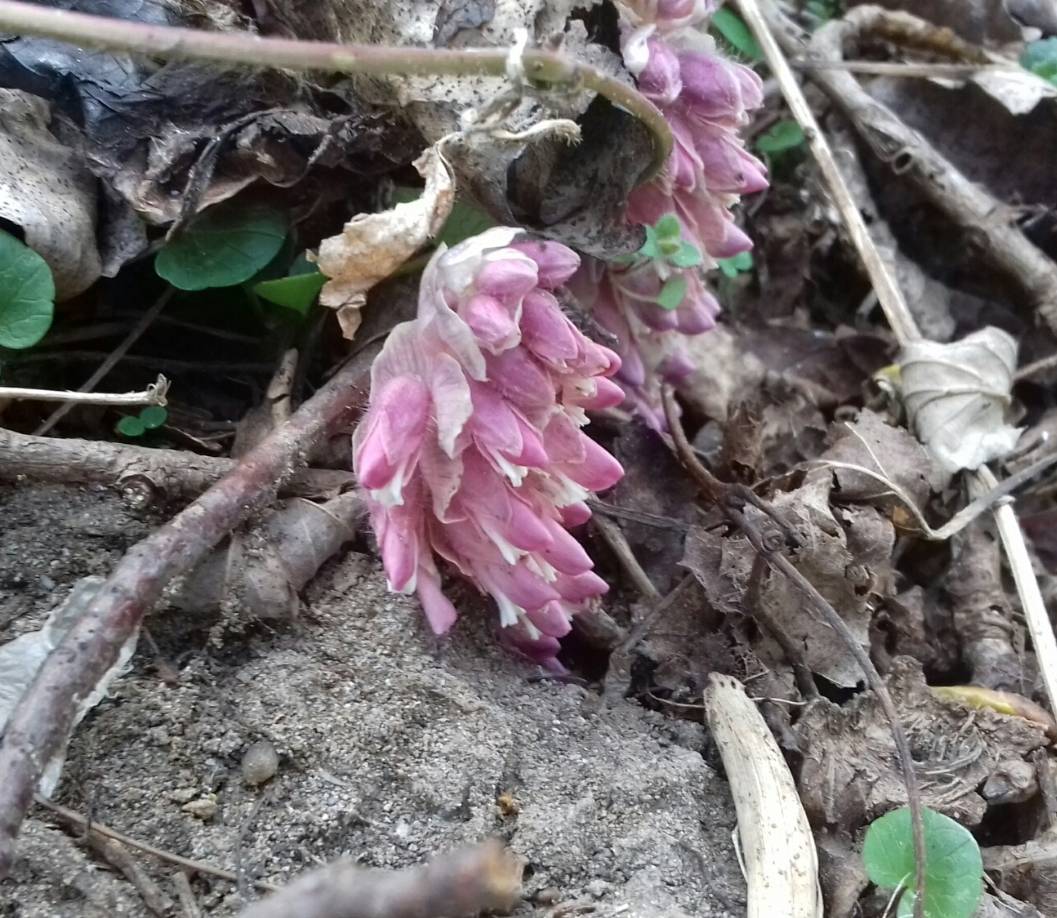
2. Fieber’s Walking Bush-Cricket – Psorodonotus fieberi
This cricket just had to take my second spot as it’s significant in so many ways. First one is the size, and also its look. I caught it in a glass during one summer autumn on Tara mountain and it was very fast, so big and very distinctly colored, resembling a hymenopteran a bit interestingly enough. Secondly, it is an endangered, rare species sadly enough. And most importantly, it is an endemic species to the Balkans. A truly fascinating insect.
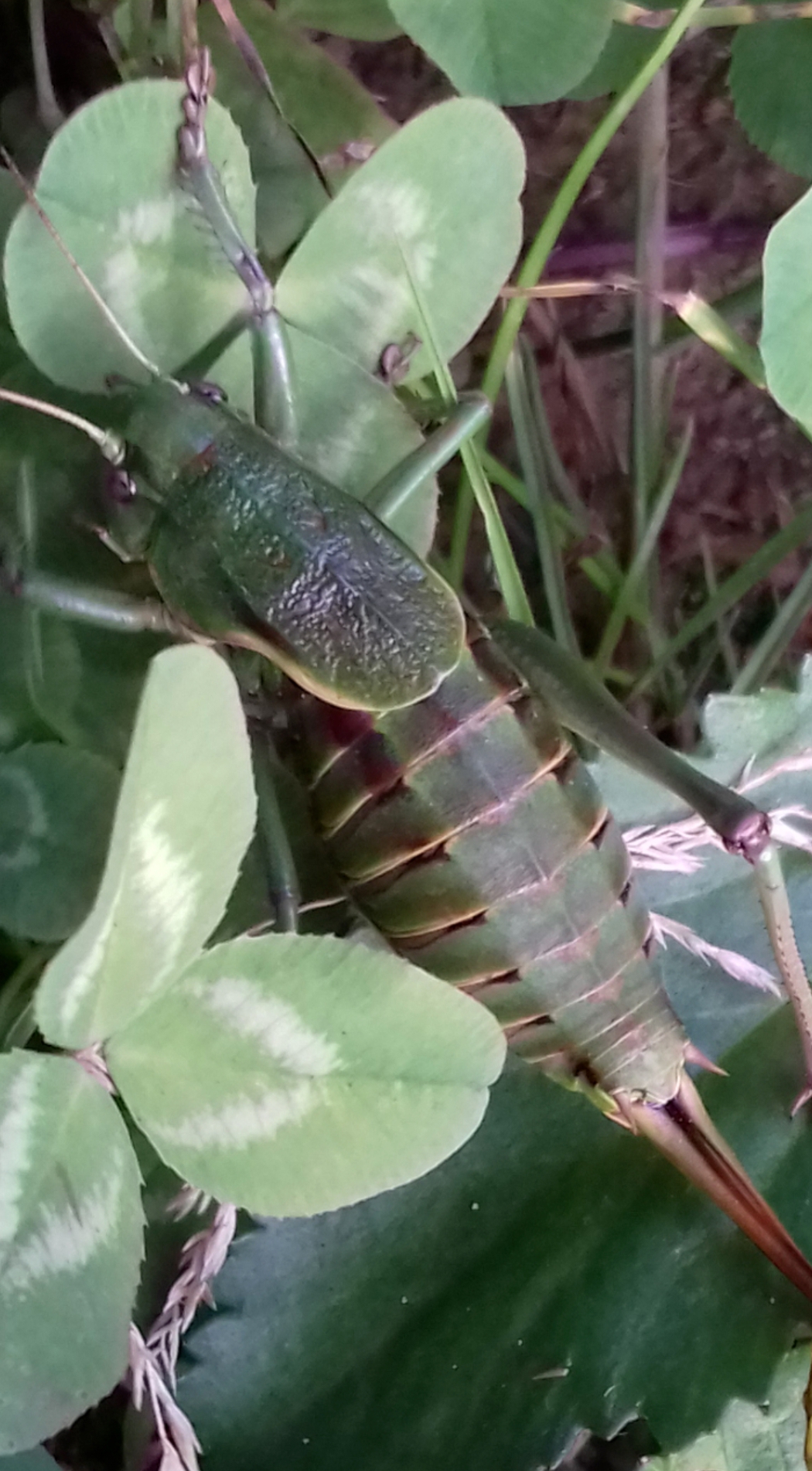
1. Wood Mouse – Apodemus sylvaticus
This is another one of my proud achievements as I somehow managed to get really close to a mouse on the mountain, and I took a solid picture of it. The mouse was researching the area close to the hostel where I worked in, and it was so curious and brave that it only escaped when I came way too close. This wood mouse is just adorable with a small size, cute little arms and a cartoon face difficult not to love. It’s my very rare wild mammal finding so it just had to take the number one spot on this list.
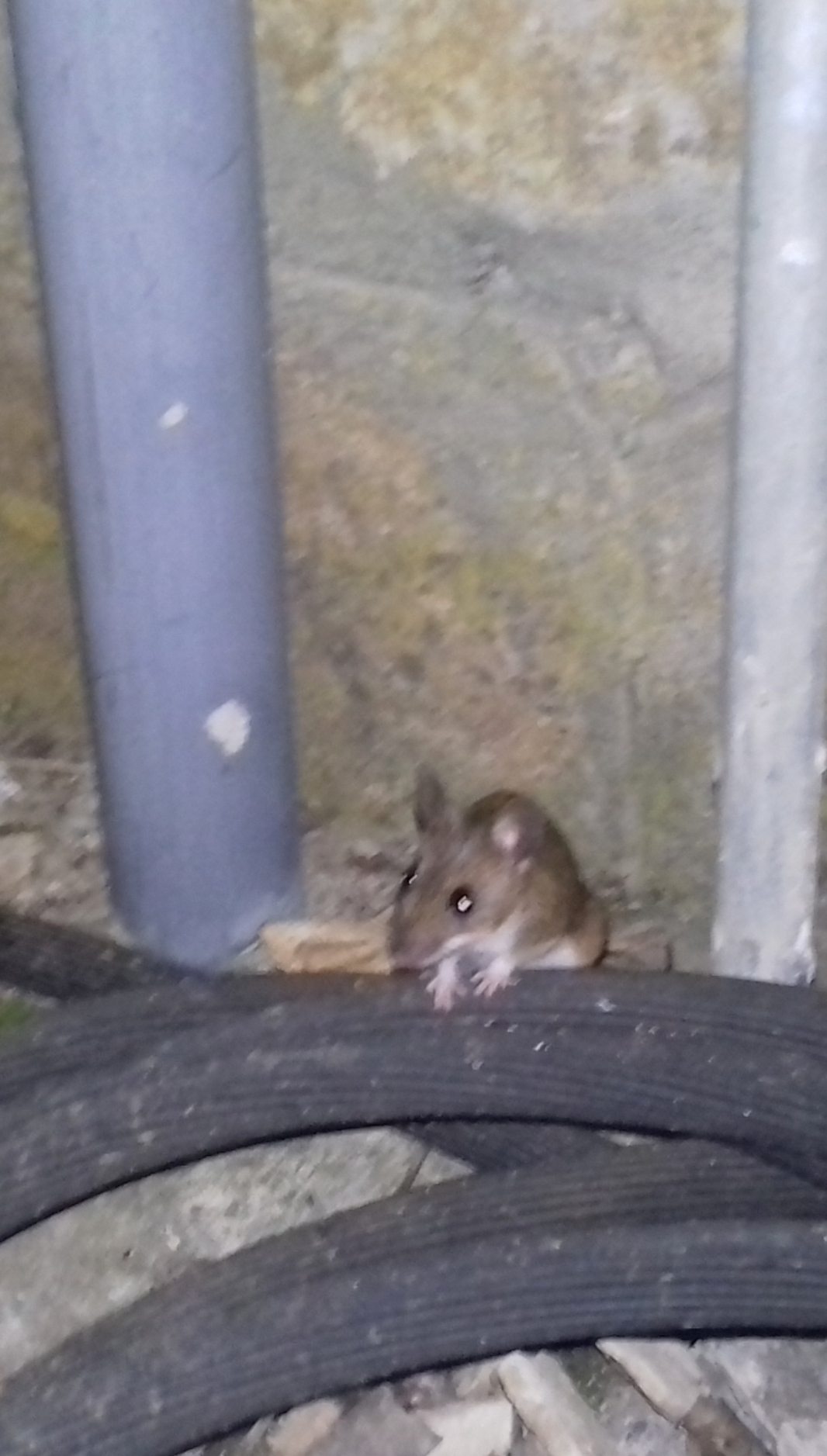
Honorable Mentions:
European Hornet – Vespa crabro – Finally in the summer of 2019 I came upon this ordinary hornet in a couple of different places. It’s a huge, imposing hymenopteran.
European Mantis – Mantis religiosa – I took the photo of the mantis with my newest phone with a great camera, and it was fantastic. The mantis itself looks alien-like and quite creepy to me.
Shaggy Scalycap – Pholiota squarrosa – This mushroom is always seen in huge clusters around a tree stump, and it looks terrific with those pointy features on its cap.
Common Hepatica – Anemone hepatica – This anemone was abundant during the summer on the mountain, and it’s downright gorgeous in its pretty blue color.
April Beetle – Holochelus aequinoctialis – As its name suggest, this beetle is seen mostly during April, which is exactly when I spotted it. It’s very big, memorable and very red.
Oncocera semirubella – This moth is quite authentic in its slender body, and so pretty in its yellow coloring and the pink underside.







